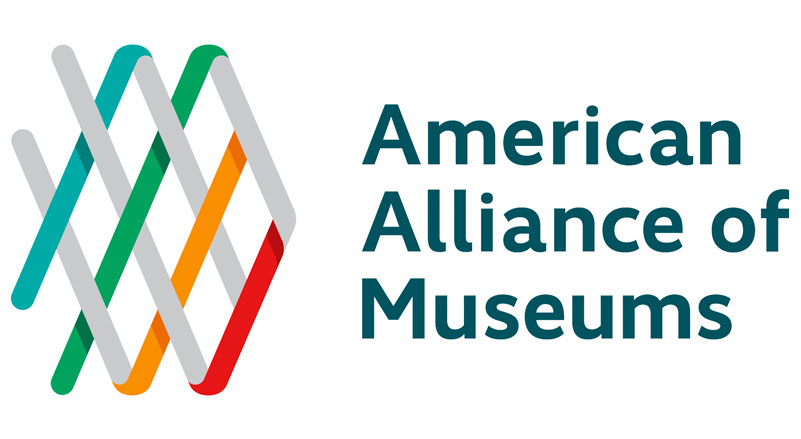Stacy Lynn Waddell explores history as it relates to the present. In this series, she turns to the famed 17th-century Dutch flower paintings that captured the wealth of the region’s “Golden Age.” These artworks’ abundant compositions, full of varieties of local and exotic flowers, reference commerce and learning. Impossible to assemble in real life, they were imaginatively created from specimens in carefully tended gardens and from libraries of botanical books—both direct results of expanding Dutch trade across the globe.
Rather than recreating the images’ vibrant colors, she focuses on their lines, creating new images in which the blooms look dried—a shift that suggests current concerns with ecological fragility. She then gilds these images, making them difficult to take in. They require patience and physical shifts to see fully. Waddell hopes the gold also resonates symbolically. She is interested in our association of gold with desire and in the dual nature of such want. If pursued blindly, desire—for such things as wealth or power—can lead to harm. But, if followed productively, desire—for such states as peace or health—can lead us towards positive change.


